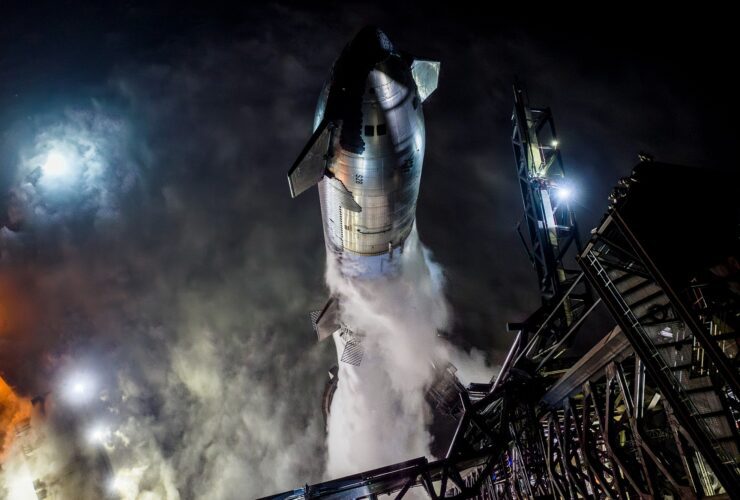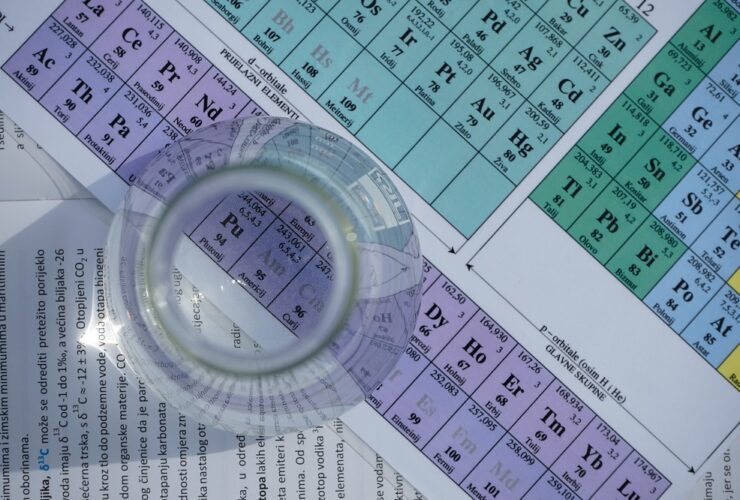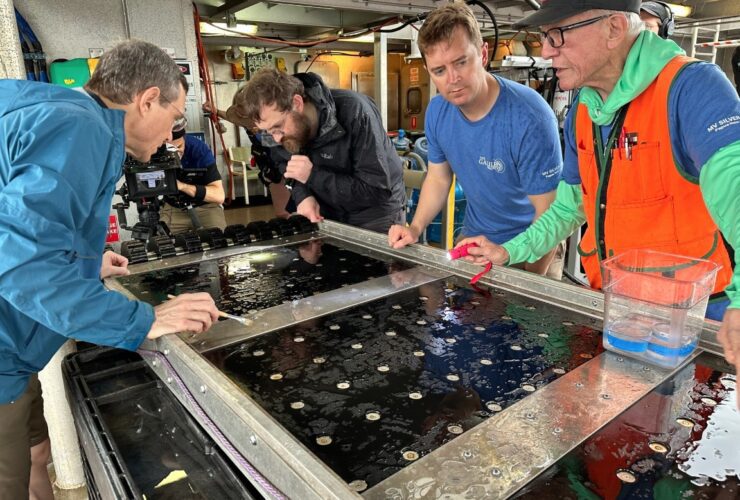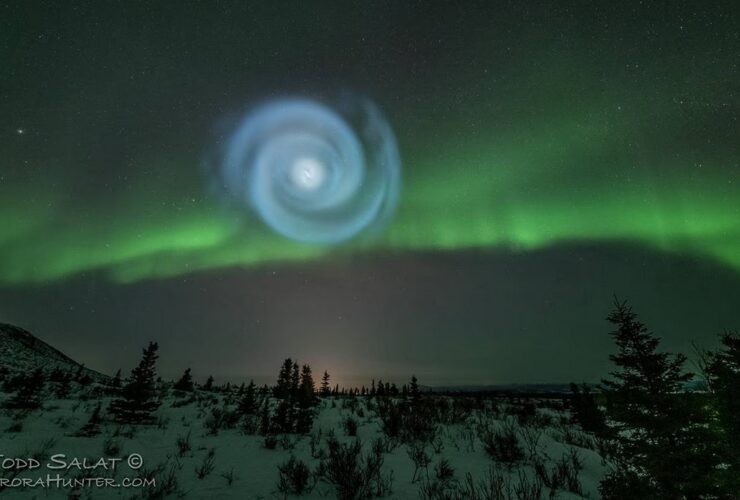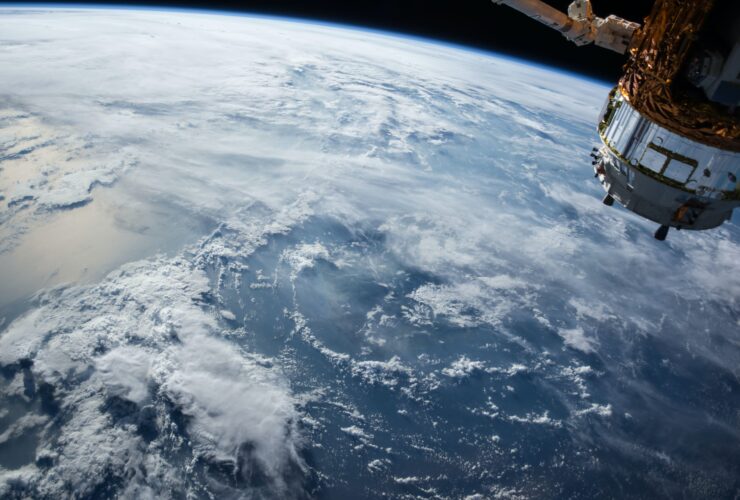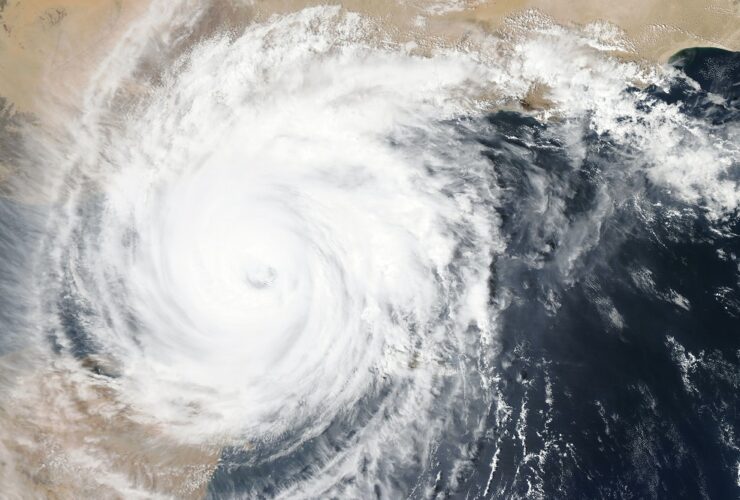It looks like Elon Musk is dropping some pretty bold prediction for the future. He says that there will be a universal high income as jobs are phasing out and employment becomes obsolete. Universal high income, predicted by Elon Musk ...
It looks like Elon Musk is celebrating yet another Starship launch. Humanity gets closer and closer to Mars, according to what he has to say. Check out the video showing Musk’s recent achievement below. Musk’s Starship marks huge victory Here ...
As we all know by now, pi is a popular mathematical constant that is defined as the ratio of the radius of a circle to its diameter. Pi is also an irrational number, which means that it cannot be written ...
Did you know that there are up to 118 different chemical elements discovered? The atomic number of an element determines its position in the periodic table of elements. The first element is hydrogen, which has one proton, followed by helium, ...
The academic circles are in a heated debate surrounding the fascinating claims put forward by Prof. Avi Loeb. Backed by cryptocurrency pioneer Charles Hoskinson, the Israeli native and renowned Harvard professor believes that an exploded meteor off the coast of ...
Alaska’s skies are quite intriguing lately, with phenomena that can’t just go unnoticed! A recent event amazed people, but it has a simple explanation. It began with Todd Salat, who was outside early on Saturday morning (April 15), and his ...
Making money by helping scientists solve a mystery? Well, why not! A recent project has people searching for a meteorite that fell on our planet over Maine. The reward? Up to $25k! You can really say that this is a ...
Have you ever wondered what’s the deal with hurricanes and how they form? Well, apparently, there’s a reason for anything in nature and…science! One may anticipate that hurricanes, which are known as tropical cyclones in some regions of the world, ...
The thing with air pollution is that it never stops, and that occupies our entire lives. It is unfortunate and complicated, especially when researchers come up with warnings. According to new research from an extensive study, breathing in a lot ...
The Starship spaceship, the tallest and most potent launch vehicle ever built, is about to make its first attempt to orbit the Earth with Elon Musk’s SpaceX. The upcoming event is currently stirring quite the buzz, and there’s no wonder ...


